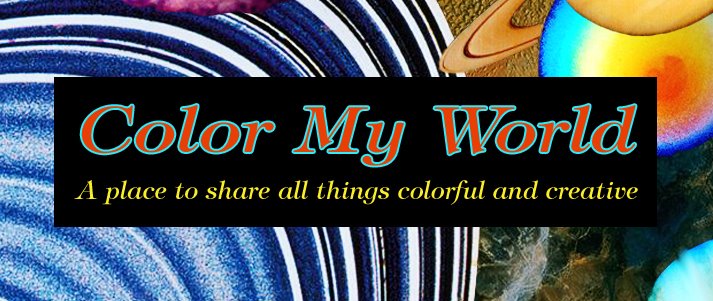Last week, I took a one day workshop with Jean Wells on curve piecing. Jean's technique is a little different than what I've done before, a little more liberated. She has some good tips for beginning art quilters on inspiration and color choices. It wasn't information that I really needed, because I find cracks in the sidewalk inspirational, but I like to hear how other people work. It's good information and a good technique to have in my toolbox.

Here's the little piece (8-1/2 x 11") I completed in the workshop. After this, I went on to experiment even more, testing how far you could push this method. I found the limit pretty quick.

The first seam/curve went smoothly (no pun intended). Even though I matched little dots along the curve, I still fell short 1/4" at the bottom (purple/black seam). The second curve completely pushed the limit of this method. I lost about 1-1/4" at the bottom of the piece (purple/green seam. Solution: cut the piece that is being added extra long and fake it, or make templates and add 1/4" seam allowances. Good information to know.

This book was written in 1988 by Marilyn Stothers, and is where I first learned about curved piecing. I used this technique in one of my quilts back in 2005.
All that 1/4" seam sewing made me realize that I don't piece much anymore. The majority of my recent work is either raw edge applique or painted or a combination of both. It's funny how major changes can happen gradually, and you don't fully realize how much has really changed until you take a good look back.





1 comment :
Nice piecing. I like curves in quilts.
Post a Comment